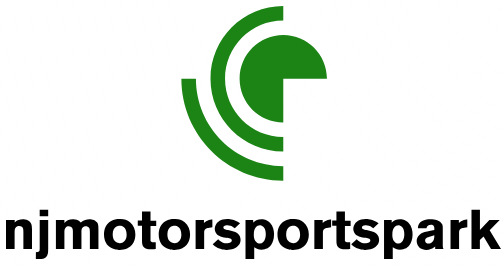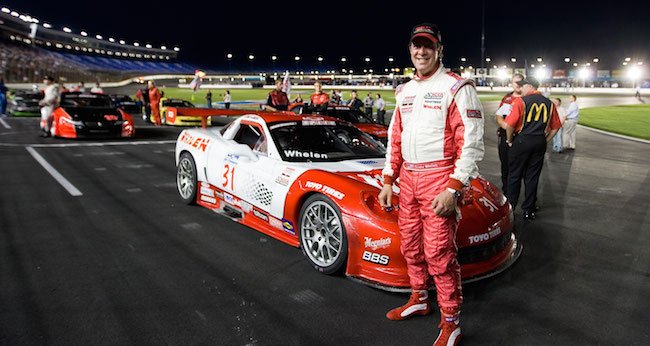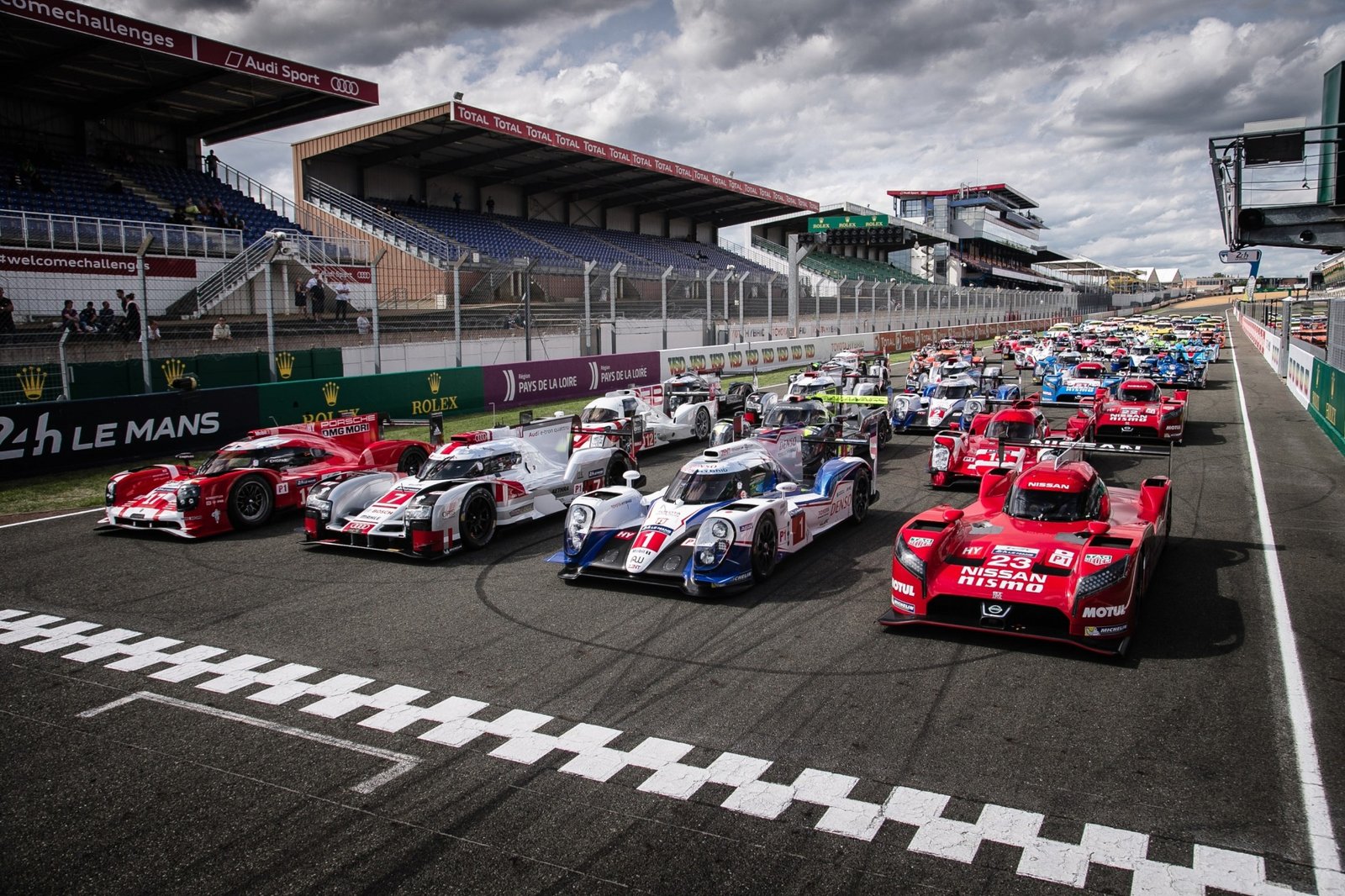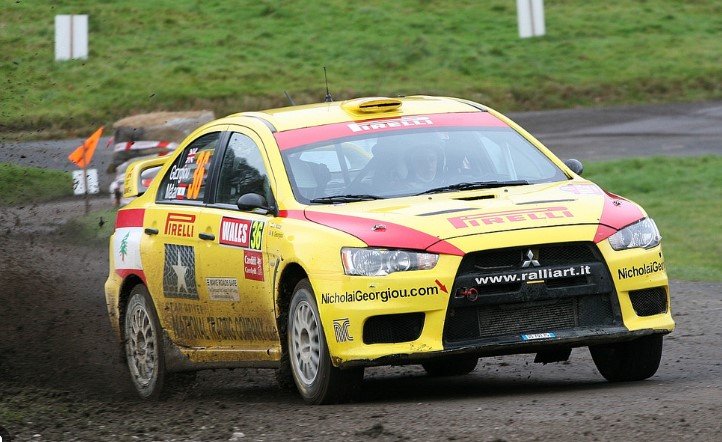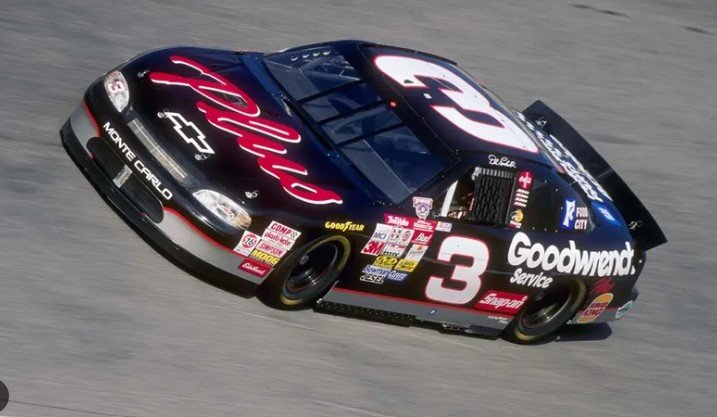Becoming a motor racing professional is a dream for many. If you have a passion for speed and a love for cars, it can be a thrilling career. But how do you get started in the world of motor racing? In this article, we’ll explore how to become a motor racing professional, the skills you need, and the steps to take along the way.
1. Start Early: The First Step to Becoming a Motor Racing Professional
One of the most important steps in how to become a motor racing professional is starting early. Most successful racers begin their careers in their childhood, often in karting. Karting is a great way to learn basic racing techniques, develop your reflexes, and get a feel for racing cars.
1.1. Why Karting is Essential
Karting teaches essential skills like handling speed, controlling the vehicle, and making quick decisions. Many professional racers, such as Formula 1 drivers, started their journey in karting. So, if you want to know how to become a motor racing professional, karting is a great first step.
2. Improve Your Driving Skills: Learn and Practice
To become a motor racing professional, improving your driving skills is crucial. You must be able to handle a race car under intense pressure, especially at high speeds. Take driving courses or attend racing schools to develop your abilities. These schools offer professional training and provide access to race tracks and cars.
2.1. The Importance of Racing Schools
Racing schools are an excellent way to get hands-on experience in a safe environment. They will teach you everything from car control to race strategies. Additionally, these schools allow you to network with others in the industry, which could open up future opportunities.
3. Gain Experience: Participate in Local Races
Another important step in how to become a motor racing professional is gaining experience. Start by entering local races. These events will give you a feel for competition, help you understand race strategies, and build your reputation. Success in smaller races can also catch the attention of scouts and sponsors, which is crucial for advancing in your career.
3.1. Start Small, Aim Big
Don’t be discouraged if you start in smaller races. Many top drivers started by competing in local go-kart competitions or amateur races. By gaining experience, you’ll improve your skills, learn racecraft, and build confidence for more challenging events.
4. Get Sponsorship: Support for Your Career
As you progress in your racing journey, it’s important to seek sponsorship. How to become a motor racing professional often depends on the financial support of sponsors. Sponsorships help pay for equipment, travel, and race entry fees. Building a strong personal brand and networking within the motorsports community can help you attract sponsors.
4.1. Building Your Brand
To secure sponsorships, you need to market yourself effectively. Show your passion for racing on social media, attend racing events, and connect with potential sponsors. Sponsors are more likely to back drivers who have a strong fan base and a dedicated following.
5. Keep Improving: Never Stop Learning
Even when you start racing professionally, you should always look for ways to improve. How to become a motor racing professional doesn’t stop after you get your first race contract. Top racers never stop learning about new techniques, technologies, and car setups. This ongoing improvement is essential for staying competitive.
5.1. Analyze Your Races
After each race, take the time to review your performance. Look for areas where you can improve, whether it’s cornering, braking, or managing your tire wear. Many successful racers work closely with their teams to analyze data from the race, which helps them adjust their strategy for future events.
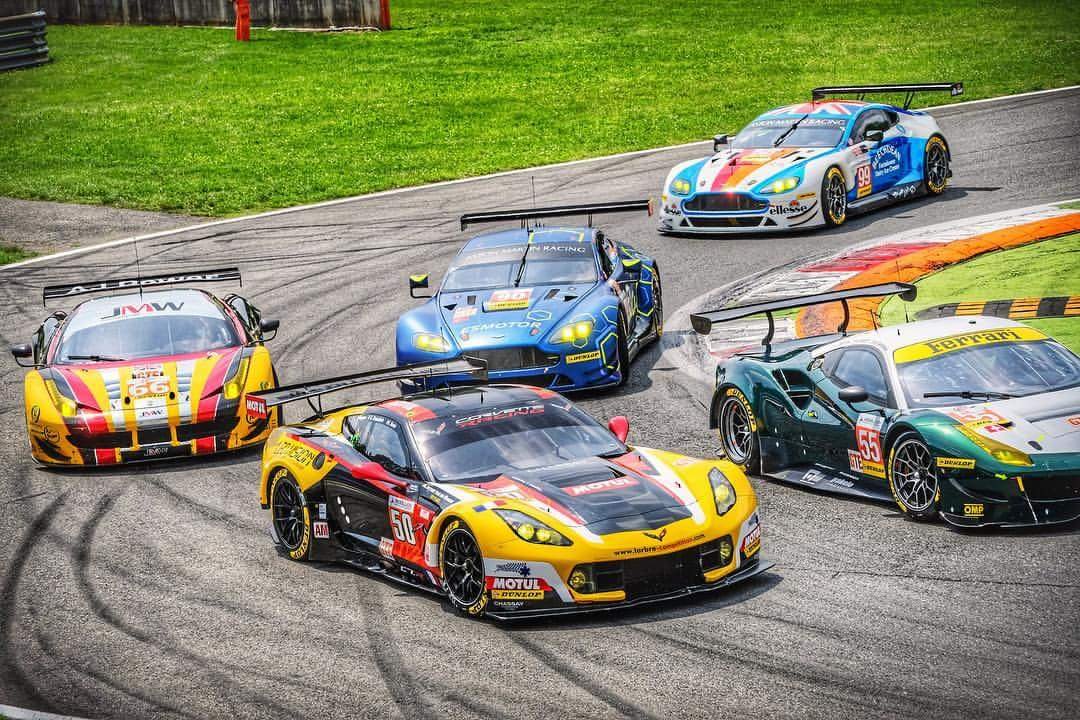
6. Choose the Right Path: Select Your Racing Category
Another important aspect of how to become a motor racing professional is choosing the right category or league. There are many types of motor racing, including Formula 1, NASCAR, rally racing, and endurance racing. Each has its own requirements and career path.
6.1. Know Your Strengths
Think about your skills, interests, and strengths when choosing a racing category. If you enjoy speed and strategy, Formula 1 or IndyCar might be your best fit. On the other hand, if you like endurance and teamwork, endurance racing could be your path. Whatever path you choose, focus on excelling in that area.
7. Network and Build Relationships
Networking plays a significant role in how to become a motor racing professional. It’s important to build relationships with other drivers, coaches, sponsors, and team owners. These connections can lead to better opportunities, advice, and partnerships that help you progress in your career.
7.1. Attend Events and Connect with Industry Professionals
Attend racing events and expos to meet industry professionals. Whether it’s talking to other drivers or speaking with team managers, building your network can provide valuable insights into advancing your career. Always be professional, respectful, and open to learning from others.
Conclusion: Stay Determined and Focused
In conclusion, how to become a motor racing professional is a challenging but exciting journey. Start early with karting, improve your driving skills through racing schools, gain experience in local races, and seek sponsorships to support your career. Never stop learning and always strive to improve, as staying competitive is key to success.
Remember, success in motor racing requires passion, dedication, and hard work. Stay focused on your goals, and continue to build your skills and network. With determination and perseverance, you can make your dream of becoming a professional racer a reality.
